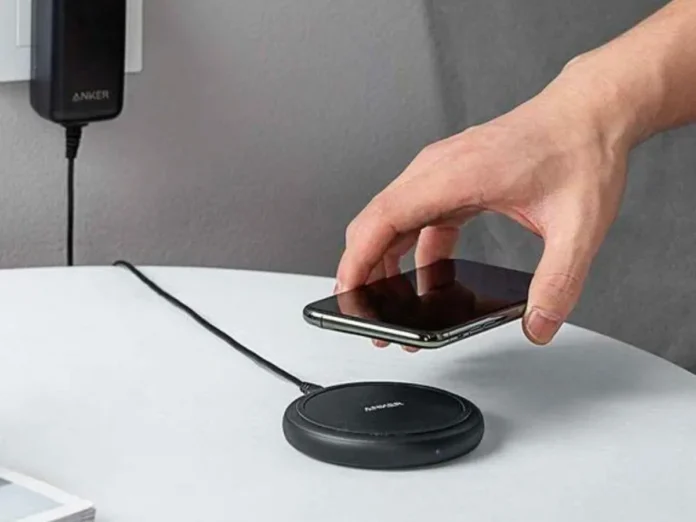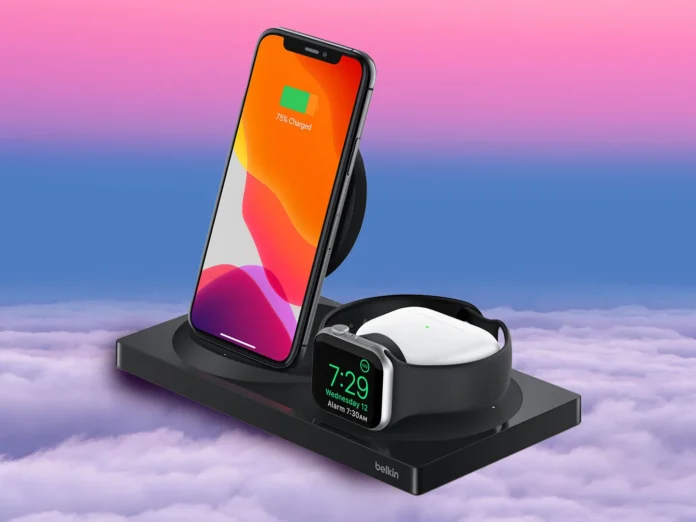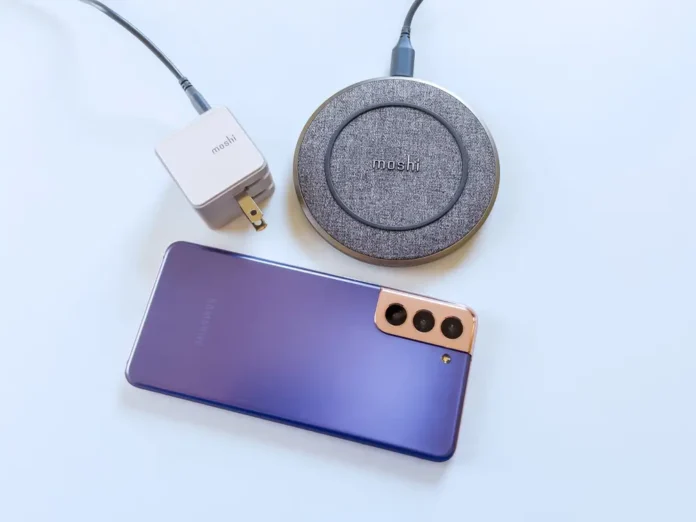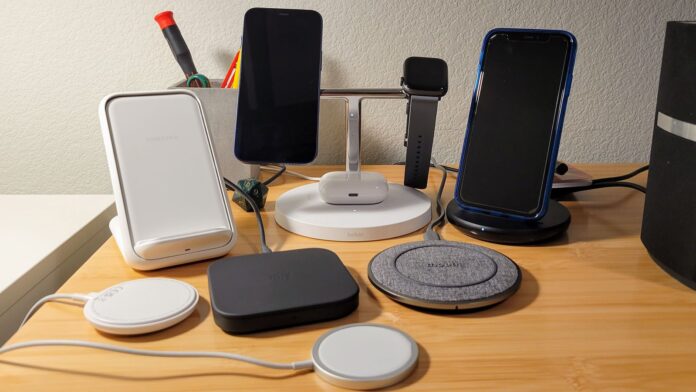Just set it and forget it—nothing beats the convenience of a wireless charger, right? Maybe.
The reality is that not everyone is keen on the wireless revolution. Wireless chargers are becoming more common, but do they live up to their reputation? Here are a few things to consider before you invest in brand-new chargers:
Case Compatibility
Most smartphone users have phone cases. Beyond adding a little personal flair, cases are a practical way to protect your investment. After all, cell phones are not cheap. Unfortunately, many cases aren’t compatible with wireless chargers and have to come off to use the charger. Repeatedly removing the case can also cause it to bend and eventually break.
If you want to charge without wires, make sure you get a compatible phone case. For example, if you want an iPhone 14 Pro case, look for ones that specifically say they’re MagSafe compatible. MagSafe is Apple’s cordless charging technology, which brings us to the following topic: technological compatibility.

Technological Compatibility
Not all phones are compatible with wireless charging. Apple supports it for iPhone 12 and up; older models won’t work with a MagSafe charger. Android phones work differently—compatibility can vary dramatically between brands and models.
If your phone does support wireless charging, you also need to make sure that you pick a charger with the correct wattage. Compatibility also applies to traditional charging blocks—using the wrong wattage for your phone can damage the battery and shorten your phone’s lifespan. Always check your phone’s manual or online specs before picking a charging pad.
Speed
A big downside for many wireless chargers is speed—most of them just can’t compete with rapid block chargers. Various factors also influence the rate of your charge: your phone, the mat, your case, and even how you position your phone on the charger. In fact, wireless charging times can be anywhere from 30 to 80% longer than traditional cable chargers.
Factoring in phone and case compatibility when shopping for wireless charges can significantly affect your charging speeds.

Safety Considerations
In December 2020, tech manufacturer Towsleys recalled their 3-in-1 Qi wireless chargers. There were several reports of the devices overheating and causing a fire hazard, with two chargers linked to two fires. Fortunately, no users reported injuries. Still, this incident was a wake-up call for the industry, and many manufacturers began working on safer wireless charging technology.
Some of them work differently than others. Apple MagSafe is one of the safest brands because it is magnet-based, so the chances of overheating are low. Many experts suggest waiting a while before purchasing new tech, so it has the opportunity to work the bugs out. It’s also good practice to read customer reviews before making your purchase.
Common Misconceptions About Wireless Chargers
Despite the growing popularity of wireless chargers, there are still some common misconceptions about this technology. Here are some of the most prevalent:
- Wireless chargers are significantly less efficient than wired chargers: One of the most common misconceptions about wireless chargers is that they are significantly less efficient than wired chargers. However, this is not necessarily true. While it is true that wireless charging is generally less efficient than wired charging, the difference in efficiency is not enough to make a noticeable impact on most users.
- They are slower than wired chargers: Another common misconception is that wireless chargers are slower than wired chargers. While it is true that wireless charging is generally slower than wired charging, the difference in speed is usually negligible for most users. In fact, many of them are capable of delivering a charge at a rate that is just as fast as or even faster than wired chargers.
- They are not compatible with all devices: Some users may also assume that wireless chargers are not compatible with all devices. While it is true that some older devices may not support wireless charging, most newer smartphones and other electronic devices are compatible with this technology. Additionally, many companies are now releasing adapters that can make older devices compatible with wireless chargers.
By addressing these common misconceptions, users can better understand the capabilities and limitations of wireless chargers. In reality, these devices are an increasingly convenient and effective option for charging a wide range of devices.

Future of Wireless Charging
As with any rapidly advancing technology, the future of wireless charging holds great promise for even more convenience and innovation. Here are some predictions for what we might see in the coming years:
- Increased compatibility: As wireless charging becomes more popular, more and more devices will become compatible with this technology. This means that users will have the option to charge a wider variety of devices wirelessly, from smartphones and laptops to wearables and home appliances.
- Longer charging ranges: Currently, most of them require devices to be placed in close proximity to the charging pad in order to function. In the future, we may see wireless chargers that can operate over longer distances, allowing for more flexible placement of charging stations and a greater range of charging options.
- Greater charging speeds: While many wireless chargers can already deliver a charge at a rate that is just as fast as wired chargers, we may see even faster charging speeds in the future. This could be achieved through improvements in the technology behind wireless charging, as well as advances in the batteries and charging capabilities of the devices being charged.
- Integration with other technologies: Wireless charging technology may also become more integrated with other technologies, such as smart homes and the Internet of Things (IoT). For example, users may be able to control their wireless charging stations and monitor their charging progress through their smartphones or other connected devices.
All Things Considered
There are many pros and cons to wireless charging. Overall, technology is still emerging and is constantly improving with each generation. Newer chargers can be convenient for new phone models, but older versions may not be worth it.





![Calgary’s Hottest Neighborhoods for Luxury Homebuyers [2024]](https://thewashingtonote.com/wp-content/uploads/2024/04/Calgary-324x160.png)



